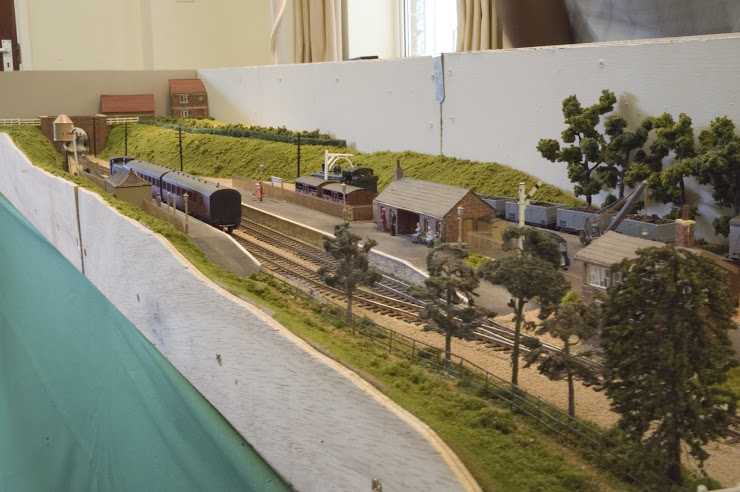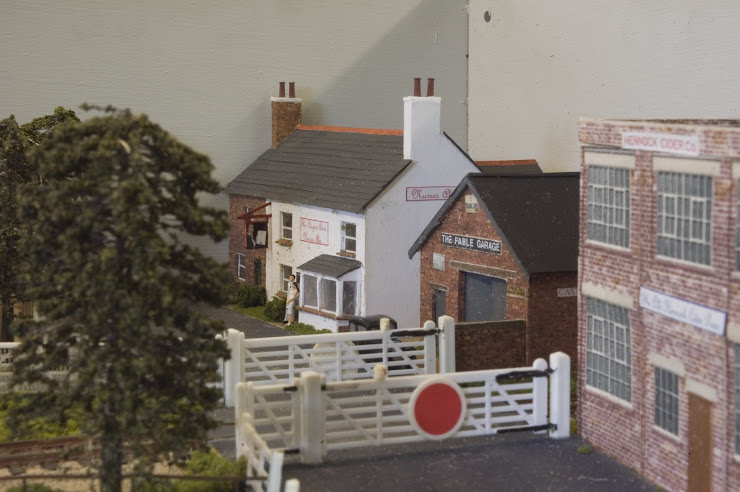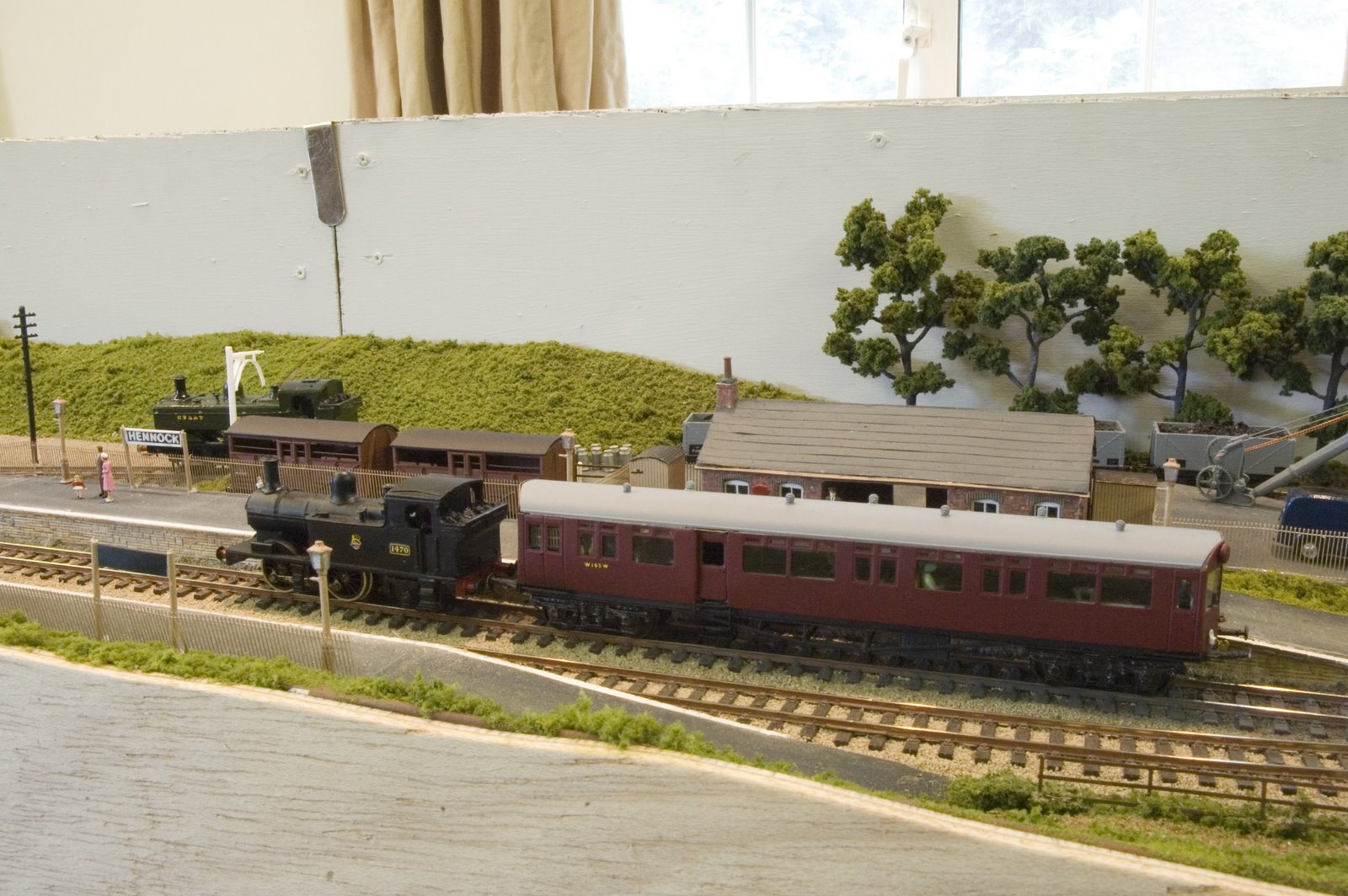 |
| Exploded view of parts and where they fit |
 |
| Instruction booklet |
 |
| Sides and ends folded up |
 |
| Etched chassis and ribbing for body |
 |
| Whitemetal castings for springs, buffers and chimney |
 |
| Etched W irons |
This kit is supplied by Finney and Smith, see link , it is reduced to 3mm scale by arrangement with Jim McGeown of Connoisseur Models. It comes with a comprehensive set of instructions ,exploded diagrams and general tips on construction. Needed to complete are wheels and bearings,brass wire, couplings, paint and transfers and some material (suggest plasticard) for the roof.
The brass is extremely well etched and the definition is tremendous. As can be seen, I have started by separating the sides and ends from the main etch and forming these to shape.
The fold lines are well defined and bend to shape with the aid of, in my case, long nosed pliers with no serrations.
I have not pushed out the rivet detail as suggested so will have to live with this compromise.
Next to the works to apply solder and hopefully remember to take pix as I go along.
I have some wide brass sheet which will probably be used for the roof, but that will be decided later.
I have not used separate W irons before so thats another learning curve to be mastered.























































